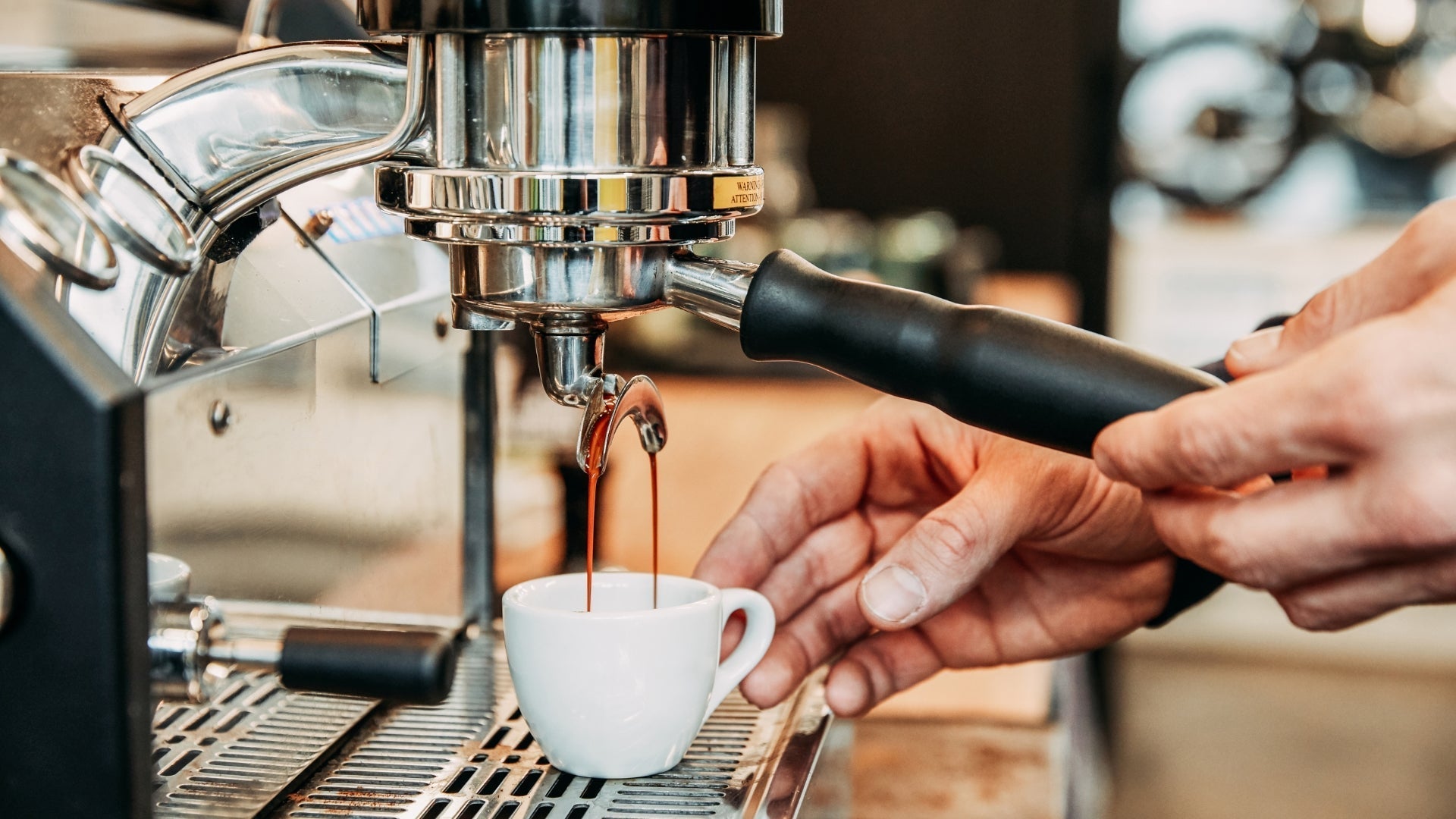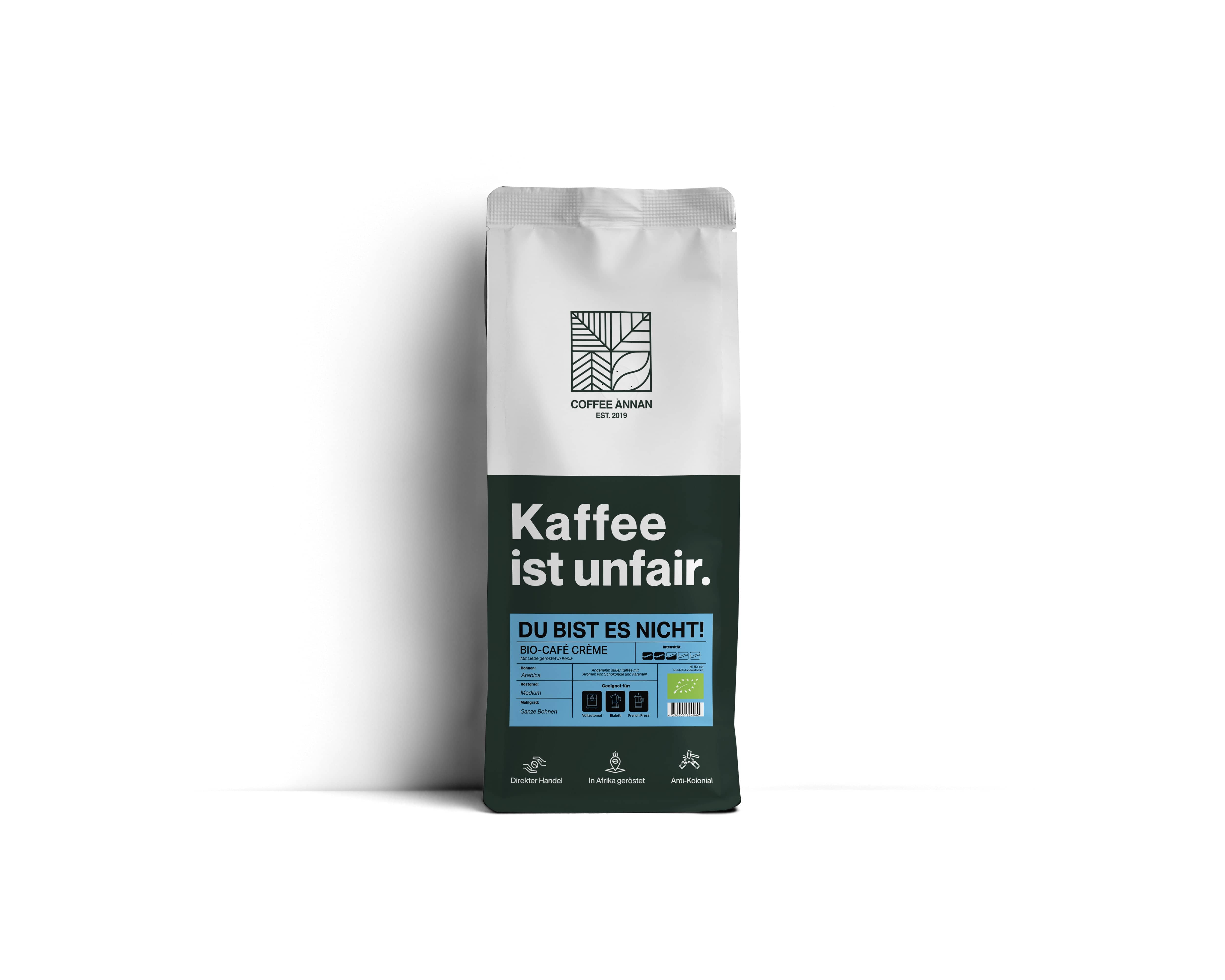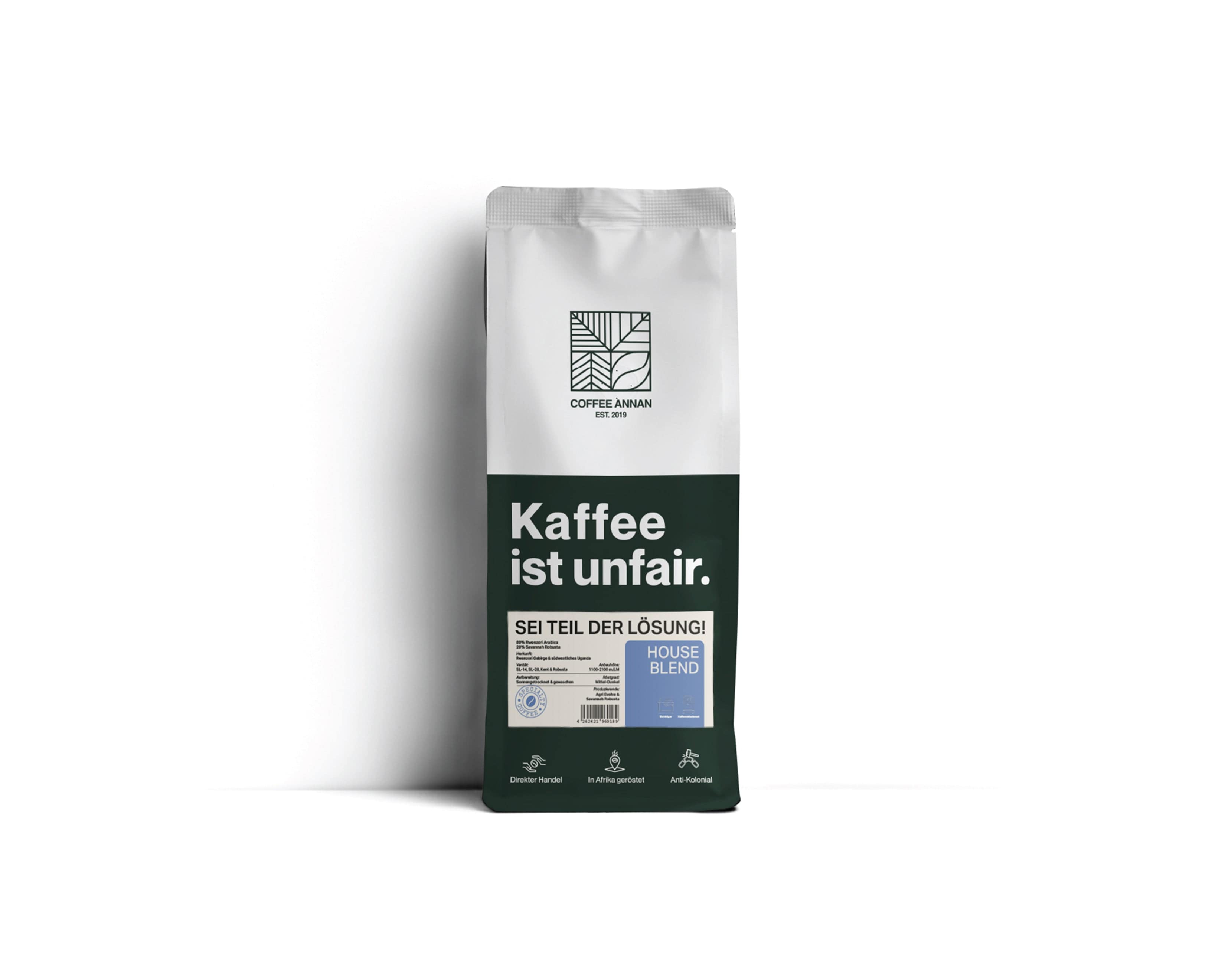Coffee is one of the most heavily consumed beverages in the world. Many people start their day with a cup and enjoy the invigorating effect. But where does coffee actually come from? The answer to this question takes us to the coffee-growing regions around the globe and deep into the so-called bean belt. The history of coffee is closely linked to the countries where it is grown. In this article, we aim to explore the growing regions and the unique characteristics of the coffees grown there.
The 10 Key Players in the Bean Belt
The coffee plant originated in Ethiopia in eastern Africa and was later exported to other parts of the world. Today, the popular pick-me-up is grown in many countries around the world. Here’s a brief overview over the ten most economically important coffee-growing countries worldwide.
- Brazil:
Brazil is the largest coffee producer in the world and the popular Brazilian coffee makes up approximately one-third of the coffee consumed worldwide. The majority of the crop consists of premium arabica coffee, but Robusta is also grown. Coffee cultivation and export is a vital economic factor in Brazil.
- Vietnam:
Vietnam is the top producer of Robusta beans and the second largest producer in the world. The Vietnamese drink their ca phe sua da with sweet condensed milk and ice cubes. It’s truly delicious!
- Indonesia:
Indonesia is the third largest producer in the world and produces mainly Robusta beans. The exclusive Kopi Luwak is particularly sought after and highly infamous
- Colombia:
Colombia is universally known for mild Arabica beans. Due to the different climates, there are harvest zones in Colombia with very different flavor profiles.
- Ethiopia:
Ethiopia has a very special significance as the country where the coffee plant originated. Cafe arabica varieties from the highlands of Ethiopia are known for their particularly aromatic flavor.
- India:
Almost everyone knows that North-East India is an eminent tea-growing region, but as a matter of fact, there is also a South Indian coffee belt , specializing in premium Arabica beans. The unique "monsooning" process, in which the raw beans are left to ripen in jute bags for four months, is particularly popular.
- Honduras:
Honduras is the largest coffee-growing country in Central America, producing both Arabica and Robusta. Nearly one-third of the population in this country make their living from producing the liquid gold.
- Uganda:
These days Uganda is the largest producer of Robusta coffee in Africa. Thanks to the climate and particularly nutrient-rich soil, the best Robusta varieties in the world are produced here.
- Mexico:
Coffee doesn’t automatically spring to mind when people think of Mexico, but the country ranks eighth in the world and grows both Arabica and Robusta beans. Many small farmers have formed cooperatives and focus on organic coffee and fair trade.
- Peru:
The high plateaus in the Andes are ideally suited for coffee cultivation. Peru is best known for its high-quality Arabica, which is prized worldwide for its fine, subtle aroma.
The Bean Belt Countries at a Glance
As previously stated, Brazil is the top player. Other important coffee-growing regions in the South American part of the bean belt are Colombia, Peru and Costa Rica. In Africa, Ethiopia, Kenya and Uganda are the leading regions. Indonesia, Vietnam and India are the major producers in Asia. Each region has its own growing techniques and varieties that offer different flavor profiles and aromas.
Small and Unusual Coffee-Growing Regions
Fresh and Fruity: Beans From Australia
Far away from the main bean belt, there are several farms in Australia, primarily in Queensland and New South Wales. The climate and soil in these regions are ideal for growing high-quality Arabica beans. Australian beans are characterized by their fresh and fruity flavor and are sincerely appreciated by many lovers of the liquid gold.
Gran Canaria: Coffee Made in Europe
Europe is generally known more as a consumer, rather than a producer of the aromatic brew. But there are actually some regions in Europe where coffee plants can grow under certain climatic conditions. In the Azores and the Canary Islands, some residents have plants in their gardens for their own use. However, the only commercial coffee-growing region in Europe is on the island of Gran Canaria, more precisely in the valley "Valle de Agaete". Here the bright red cherries thrive amidst lush vegetation and fertile lava soil, favored by mild temperatures year-round.
Rare and Highly Coveted: Liquid Gold From Saint Helena
Saint Helena is a little island known for coffee and the exile of Napoleon Bonaparte. The highly rated Green Tipped Bourbon Arabica is grown exclusively on the Atlantic island and cultivated on its steep slopes. The Bourbon Arabica owes its unique aroma to the particularly fertile soil and maritime climate. St. Helena coffee is extremely rare, making it one of the most expensive and exclusive in the world.
How Does the Region Affect the Taste?
The coffee plant is demanding and cultivation is not easy. It prefers very specific climatic zones and grows almost exclusively in the tropical and subtropical countries of the bean belt which extends near the equator.
The region of cultivation has a significant influence on the characteristics and aroma, due to the different climatic and soil conditions and the varied cultivation methods in the regions.
It is therefore not surprising that connoisseurs have a vocabulary similar to that of wine sommeliers to describe the taste of the popular brew. The aromas of coffee range from fruity and floral via spicy and nutty to chocolatey and caramel. The acidity level also depends greatly on where the bean was cultivated.
It's fascinating to see how varieties from different regions have their own characteristics. If you're looking for a coffee with a lighter body, try beans from Ethiopia or Kenya. Beans from Brazil or Indonesia tend to be more full-bodied and heavy. The true miracle is that each country, each region and even each plantation produces its own unique taste characteristics.
What’s the Best Country for Coffee Beans?
That’s strictly a matter of opinion. Many aspects play a role in producing really good coffee. Finding the perfect balance between sun, temperature, rainfall and nutrient-rich soil is the key element. Another important factor is the altitude at which the plants are grown. At Coffee Annan we mainly work with African farmers, whereas other companies might favor beans from Asia or Central America.
Arabica beans grown at high altitudes are considered to be of particularly high quality. Ethiopia is well-known for its premium Arabica coffee, grown at high altitudes. Most of the cultivation areas are located on the high plateaus between 1,200 and 2,200 meters above sea level. The longer growing seasons give the plants more time to develop their unique aromas and flavors.
Robusta, on the other hand, tolerates warmer climates and thrives particularly well at low altitudes. Due to the warm and humid climate and the fertile soil, conditions in Uganda are ideal for growing this variety, which is characterized by its strong and spicy flavor. As the political situation around the growing areas has also stabilized in recent years, Uganda has been able to establish itself as one of most important growing regions for Robusta beans.
To find the best coffee for your taste, you could try Coffee Annan's popular coffee finder.
FAQ
From which countries does Coffee Annan source its coffee?
We mainly source beans from Africa, focussing on Ethiopia and Uganda.
Is Coffee Annan committed to fair trade coffee?
Absolutely! And we take it even further. We are committed to socially responsible coffee by working closely with local farmers, having the coffee roasted in the country of origin, and taking care of logistics to deliver quality coffee while regenerating the entire supply chain.
How do I find the coffee that suits me best?
Tastes are as varied as the flavors of coffee. Therefore Coffee Annan has developed a coffee finder that makes it easy for our customers to find the right variety. Once you have found the one that looks good on paper, why not order a free sample to test your new favorite coffee?
The Bottom Line
Both the variety and the growing regions have a significant influence on the taste and quality of coffee. Locations at high altitudes with a mild climate and fertile soil are ideal for growing Arabica beans, which are universally considered to be particularly aromatic and complex. Robusta beans generally thrive at lower elevations and have a stronger flavor. Uganda specializes in growing Robusta and is considered one of the best growing regions for this type of coffee. Even unusual players like the Canary Islands or Australia have some excellent flavors on offer and demonstrate how diverse the wonderful world of coffee can be.
Ultimately, a truly high-quality coffee results from the successful combination of various factors such as soil conditions, climate and the skill of the farmers and roasters.












